Readers often connect with me over the deep point of view style of the Detective Emilia Cruz...
The Friday Fiesta: An Outdoor Seat, Music, Chocolate, and a Story
 As a fiction author I love to weave unique cultural gems into the plot. Most of the time I draw on my own world travels and experiences living in Mexico and Central America.
As a fiction author I love to weave unique cultural gems into the plot. Most of the time I draw on my own world travels and experiences living in Mexico and Central America.
In these Friday Fiesta posts I highlight cultural stories worth celebrating. The unique, the odd, the thought-provoking. Enjoy and share to make the world a little smaller today.
Have a Seat
The website theverybestop10.com brings us a montage of park benches around the world that is surprisingly startling and thought-provoking and nearly had me running for my passport. From a bench that looks as if it is part of a giant slingshot by German artist Cornelia Konrads to book-shaped benches in Istanbul and a shark attack bench in Bangkok, these photos and the imagination behind them are a guaranteed smile. Check it out—there might be a bench near you.
The Landfillharmonic
There are a few YouTube videos on the small orchestra created in Cateura, Paraguay, using instruments made from trash from a local landfill. I recommend a quick view of this 3 minute short. The stringed instruments sport odd shapes and labels from the boxes, cans, and other containers cannibalized to make them but the music—and obvious dedication of the music teacher–is worth celebrating. You can check out this Facebook page for more about the orchestra and the documentary about it from an often overlooked part of the world.
Saving Chocolate
The cultureist.com online magazine—one of my favorite feel-good online locations—carried this interesting story about cocoa farmers in the impoverished Democratic Republic of the Congo. Candy maker Theo is producing two new organic, fair trade certified chocolate bars: Pili Pili Chili, “an intensely warming blend of cocoa, vanilla, and spicy peppers; and Vanilla Nib, a scrumptious mix of cocoa, creamy vanilla, and crunchy cocoa nibs.” The website reports that Theo says the “fast-growing, high-yield crop requires minimal re-planting, prevents deforestation, commands solid global prices, and is a major source of income.” Theo chocolate is sold online and at Whole Foods Market stores.
Story Sees the Light of Day
“The Tallow Candle,” a handwritten early story by Danish storyteller Hans Christian Anderson—author of “The Little Mermaid” and other famous tales–was recently unearthed in a box of miscellany by local historian Esben Brage in the National Archive in Odense, Andersen’s home town. Published in English by Danish media outlet politiken.dk after validation by experts including Ejnar Stig Askgaard of the Odense City Museum, Bruno Svindborg of the Royal Library and Professor Johan de Myliu, you can read it here. As the UK’s guardian.co.uk reported, “The story tells of a little candle, dirtied by life and misunderstood, which eventually finds happiness after a tinder box sees the good at its heart and lights it.” Given the news lately, this discovery is pretty timely. We all need a little more light in our lives.

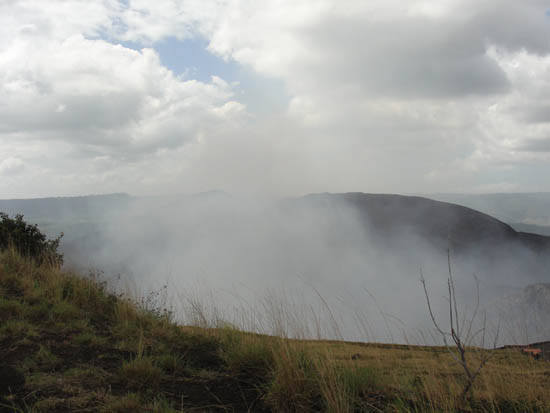

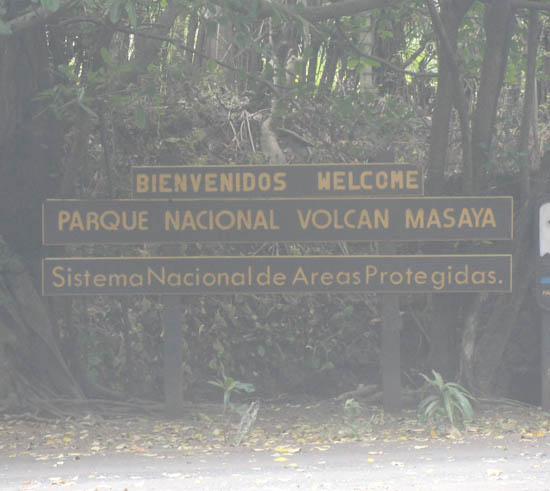
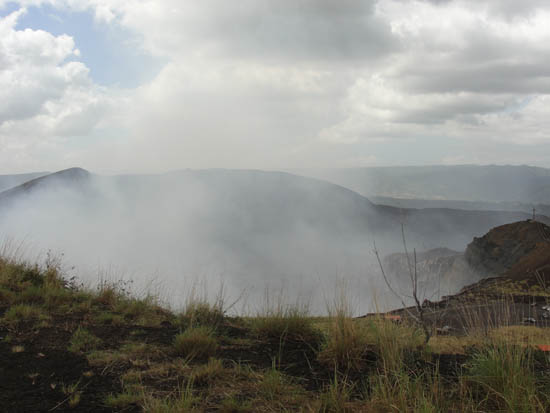
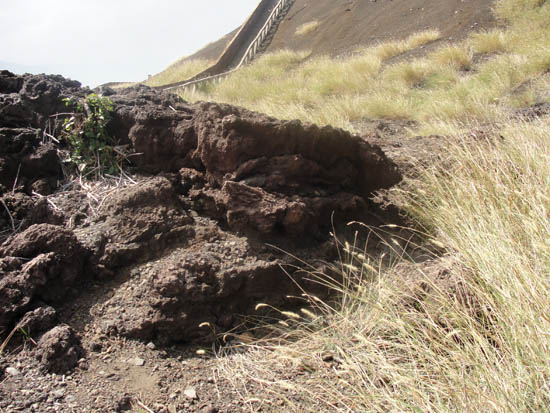


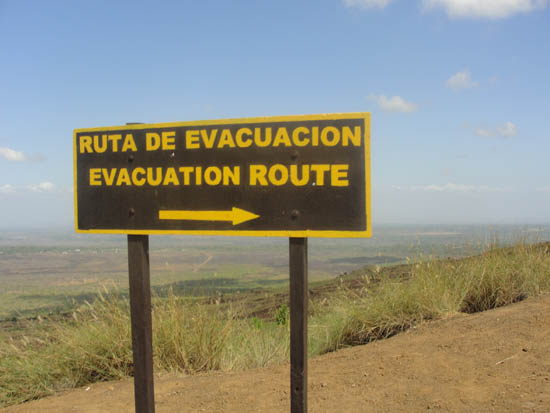
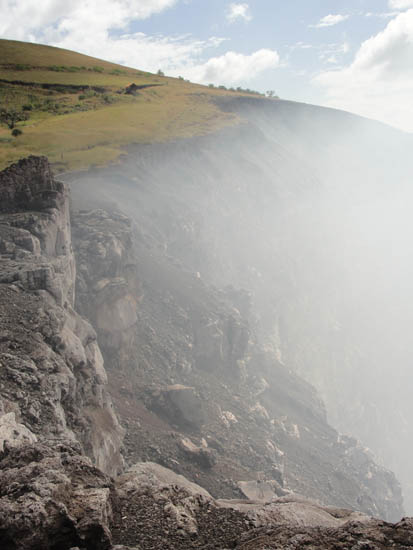
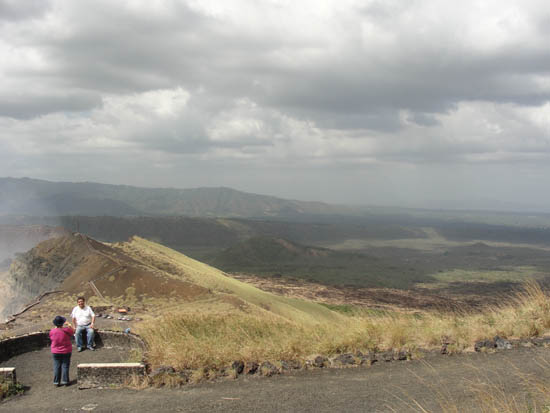
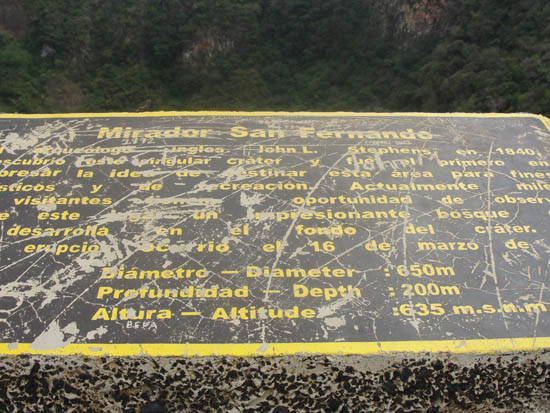
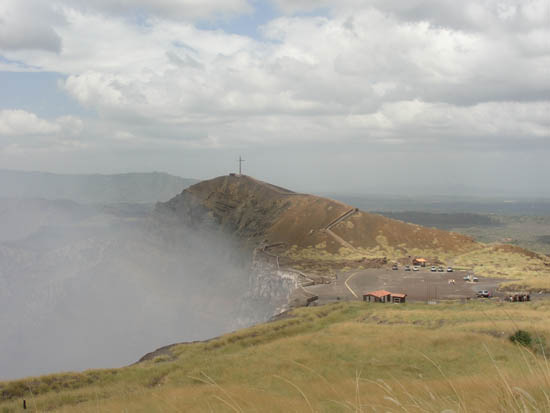


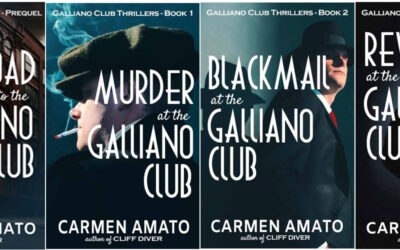
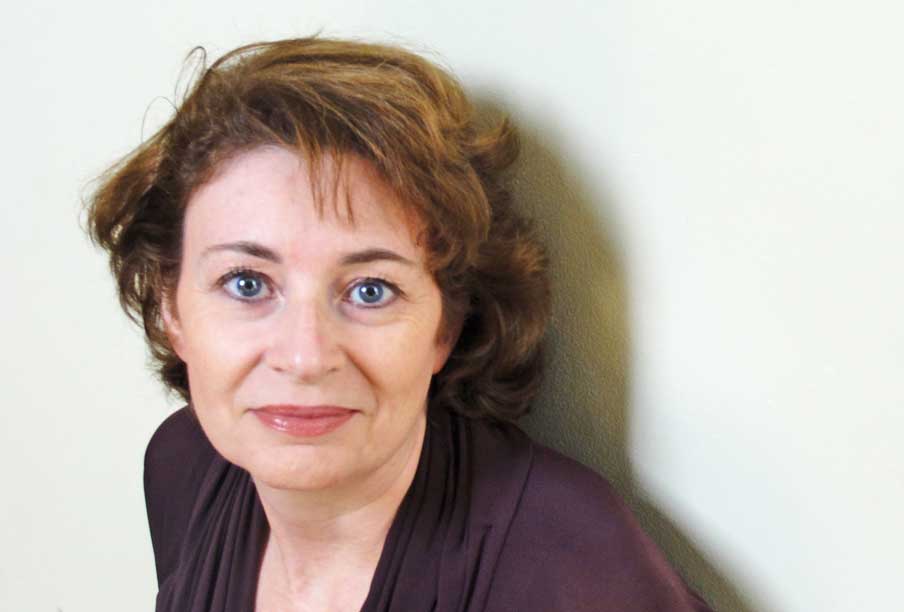
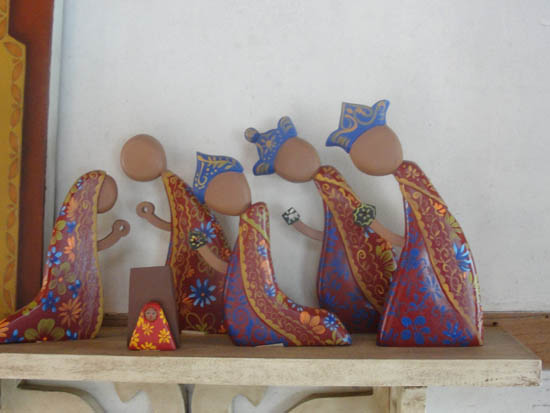



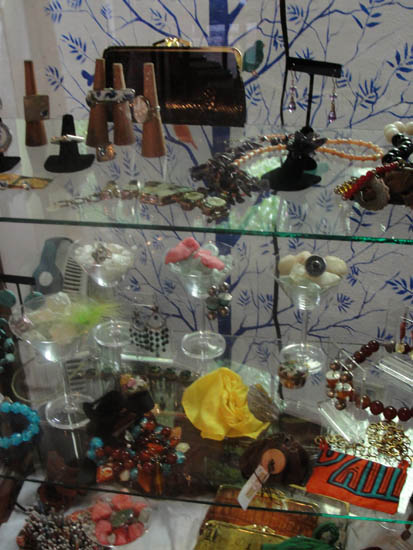
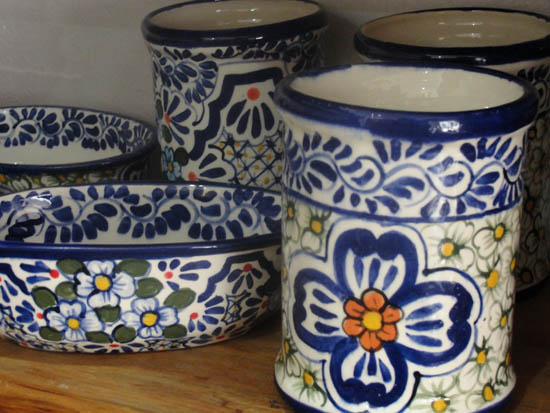


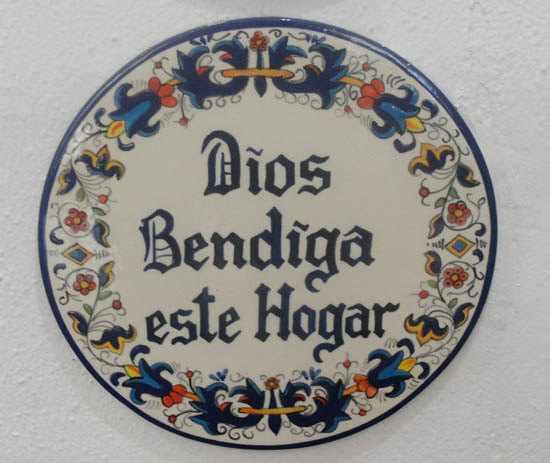

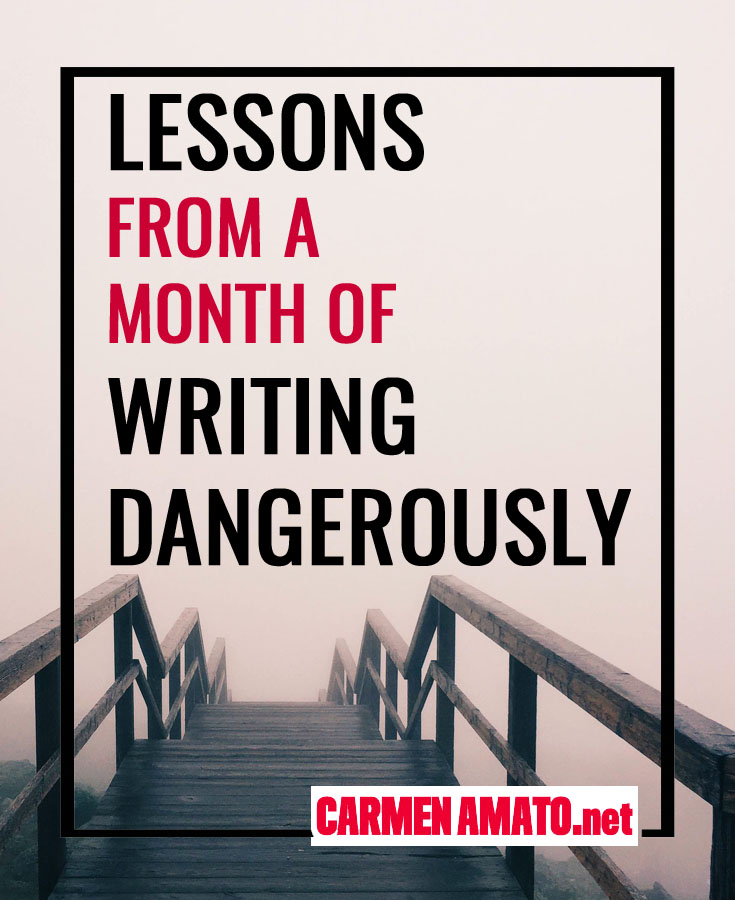
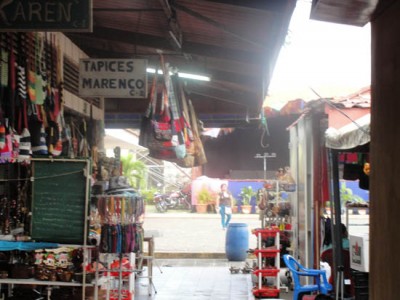
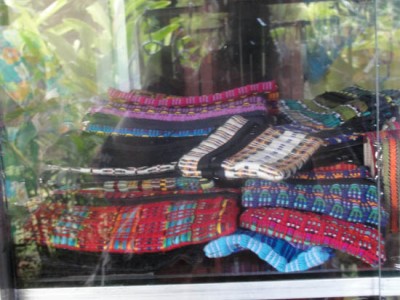






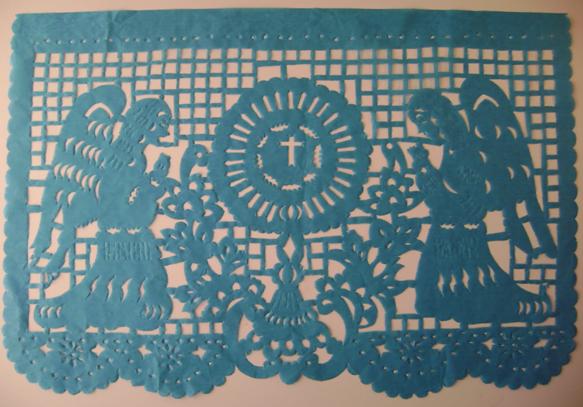

 “Romantic and suspenseful! A great mix!”
“Romantic and suspenseful! A great mix!”